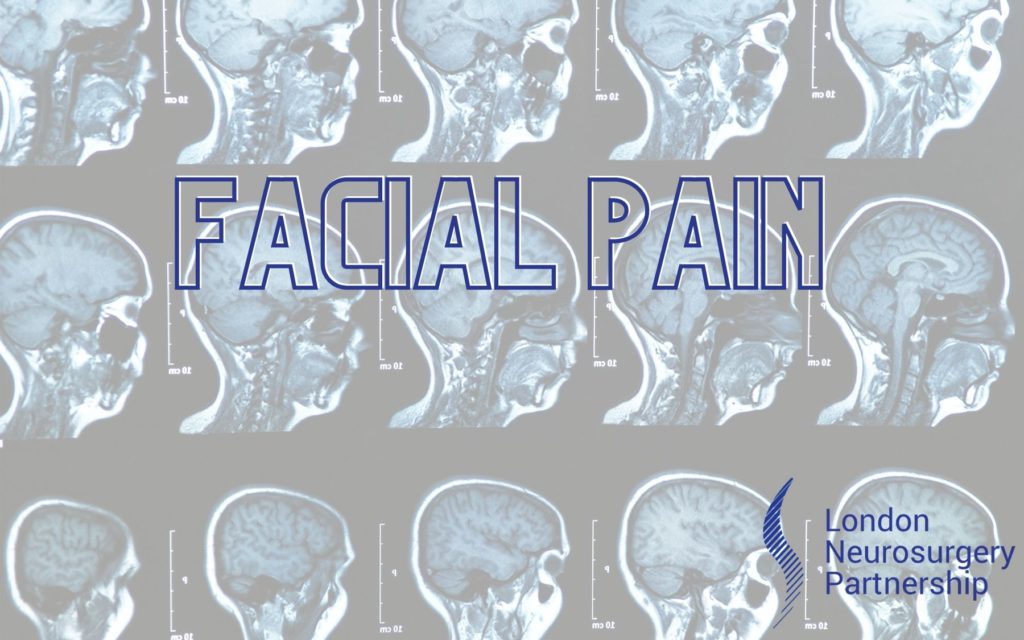
A pituitary tumour, also known as an adenoma, are benign (non-cancerous) growths that develop from the tissue of the pituitary gland. The pituitary gland controls many bodily functions by making and regulating the release of hormones into the bloodstream. For this reason, pituitary tumours can cause an over or under production of certain hormones which gives way to specific symptoms. Pituitary tumours are tumours of the endocrine system therefore they do not fall in the same category as tumours of the brain and central nervous system.
Where is the pituitary gland?
The pituitary gland lies in a small hollow, just behind the eyes where it is attached to the base of the brain. It works with parts of the brain, such as the hypothalamus, affecting their functions. Due to the positioning of the pituitary gland, as a pituitary tumour grows, it may go upwards which means it can press on other parts of the brain and its nerves. For example, the optic nerve which could lead headaches and vision problems.
Symptoms
As previously mentioned, there are two ways that a pituitary tumour can produce symptoms, either due to the over or under production of hormones.
Symptoms of over-production:
- Loss of menstrual periods in women
- Lowering of testosterone in men leading to loss of sexual appetite
- Acromegaly in adults and gigantism in children
- Unexpected weight gain
- Easy bruising of the skin and muscle weakness
Symptoms of under-production:
- Loss of sex drive in men and women, and infertility
- Hypothyroidism, which can cause appetite loss, weight gain, fatigue and decreased mental function
- Adrenal insufficiency which can cause fatigue, low blood pressure and electrolyte abnormalities
- Growth hormone insufficiency which can cause delayed puberty and in adults tiredness and loss of muscle mass
Diagnosis
To diagnose a pituitary tumour the patient will be examined by their consultant and may require all or some of the following tests:
Brain scans – MRI and CT scans will show detailed images of the brain
Eye tests – to check the patient’s field of vision which may be impaired by a pituitary tumour
Blood tests – high levels of pituitary hormones may indicate a pituitary tumour.
Treatment Options
There are two surgical approaches to removing a pituitary tumour. The consultant will discuss the treatments options with you and take into consideration the size and growth rate of the tumour:
Through the nose, this is called trans-sphenoidal surgery. This is achievable as the pituitary gland is located just above the back of the nose, which gives the surgeon access to the tumour without making an incision.
Through the skull, this is a trans-cranial approach. If the tumour is growing into the brain this method might be suggested, although this is not common now.
This article is intended to inform and give insight but not treat, diagnose or replace the advice of a doctor. Always seek medical advice with any questions regarding a medical condition.
Back to brain conditions.





0 Comments